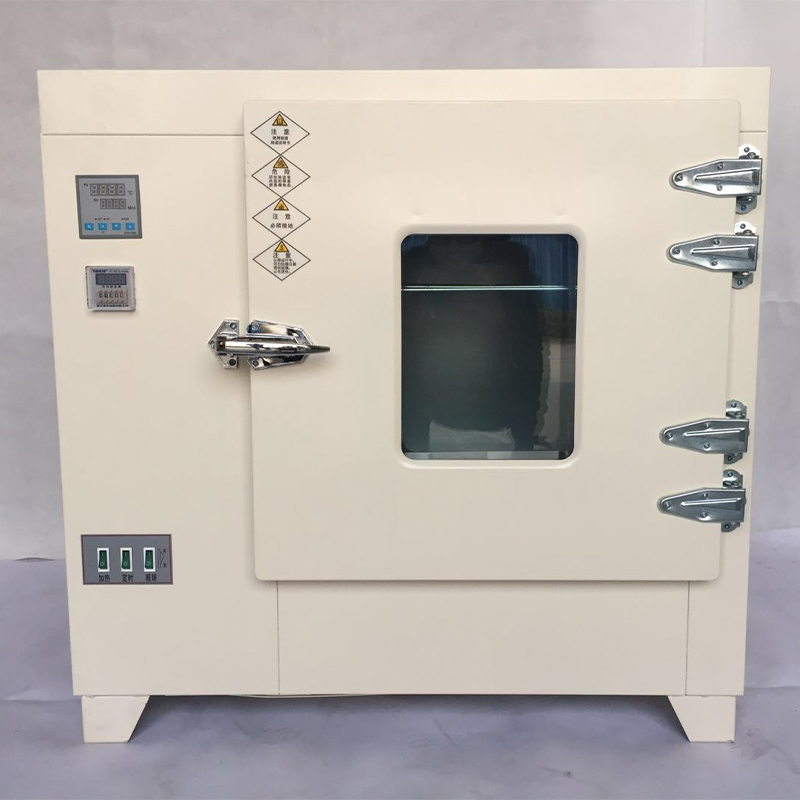Advanced UV Crosslinking Systems for Enhanced Material Bonding and Durability
Understanding UV Crosslinking Equipment Applications and Benefits
UV crosslinking equipment plays a crucial role in various industries where the need for effective bonding, coating, and curing of materials is paramount. This technology utilizes ultraviolet light to initiate a photochemical reaction that transforms liquid resins into solid polymers. This article delves into the fundamentals of UV crosslinking, its applications, benefits, and the future of this innovative technology.
What is UV Crosslinking?
UV crosslinking is a process that involves the use of ultraviolet light to cure adhesives, coatings, and inks. When exposed to UV radiation, specific photoinitiators present in the materials produce free radicals, which facilitate the crosslinking of polymer chains. This results in a rapid transformation from a liquid state to a solid, durable form, enhancing the material's properties such as adhesion, chemical resistance, and mechanical strength.
Components of UV Crosslinking Equipment
UV crosslinking equipment typically includes several key components
1. UV Light Source The heart of the equipment, which can be either mercury vapor lamps or LED lamps. LED technology is increasingly popular due to its efficiency and reduced heat output. 2. Conveyor System In industrial applications, a conveyor system is often integrated, allowing for continuous processing of materials.
3. Cooling System To manage the heat generated during the curing process, especially in high-output situations.
4. Control Panel Allows operators to set parameters such as UV intensity and curing time to suit specific applications.
5. Safety Features Shields and alarms to protect operators from UV exposure are critical for safe operation.
Applications of UV Crosslinking
UV crosslinking equipment is versatile and finds applications across various sectors
1. Printing In the printing industry, UV inks are used for their quick-drying properties and vibrant finishes. UV crosslinking ensures that prints are durable and resistant to smudging and fading.
uv crosslinking equipment

2. Adhesives UV-cured adhesives are widely employed in the assembly of electronic components, medical devices, and automotive parts. The rapid curing process improves production efficiency and product reliability.
3. Coatings Protective coatings for wood, metal, and plastics benefit from UV crosslinking. These coatings provide superior resistance to scratches, chemicals, and UV degradation.
4. Textiles UV crosslinking is utilized in the treatment of textiles to enhance water and stain resistance while preserving breathability.
5. Medical Applications In the medical field, UV crosslinking is used for sterilizing equipment and producing biocompatible materials for implants and prosthetics.
Benefits of UV Crosslinking Technology
1. Speed One of the most significant advantages of UV crosslinking is its speed. The process can cure materials in seconds, greatly enhancing production rates.
2. Energy Efficiency UV curing consumes less energy compared to conventional curing methods, making it more environmentally friendly and cost-effective.
3. Reduced Emissions Because UV crosslinking does not require solvents, it minimizes volatile organic compound (VOC) emissions, making it a safer option for manufacturers and the environment.
4. Improved Properties The resulting cured materials exhibit enhanced physical properties, such as hardness, chemical resistance, and thermal stability.
5. Versatility The technology can be adapted to a wide range of materials and applications, from flexible films to rigid substrates, catering to diverse industrial needs.
Future Prospects
As industries continue to seek sustainable and efficient manufacturing processes, the demand for UV crosslinking equipment is likely to grow. Innovations in LED technology are paving the way for even more energy-efficient systems with higher output and improved curing capabilities. Furthermore, advancements in photoinitiators will enhance the performance of UV-curable materials, expanding their applicability in new fields.
In conclusion, UV crosslinking equipment represents a significant advancement in material processing technology. Its speed, efficiency, and versatility make it invaluable in various industries. As technology progresses, the potential for UV crosslinking will continue to expand, shaping the future of manufacturing and product development. Whether in printing, automotive, textiles, or medical applications, the benefits of UV crosslinking are undeniable and crucial for modern industry.
-
Why the Conductor Resistance Constant Temperature Measurement Machine Redefines Precision
NewsJun.20,2025
-
Reliable Testing Starts Here: Why the High Insulation Resistance Measuring Instrument Is a Must-Have
NewsJun.20,2025
-
Flexible Cable Flexing Test Equipment: The Precision Standard for Cable Durability and Performance Testing
NewsJun.20,2025
-
Digital Measurement Projector: Precision Visualization for Modern Manufacturing
NewsJun.20,2025
-
Computer Control Electronic Tensile Tester: Precision and Power for the Modern Metal Industry
NewsJun.20,2025
-
Cable Spark Tester: Your Ultimate Insulation Assurance for Wire and Cable Testing
NewsJun.20,2025
 Copyright © 2025 Hebei Fangyuan Instrument & Equipment Co.,Ltd. All Rights Reserved. Sitemap | Privacy Policy
Copyright © 2025 Hebei Fangyuan Instrument & Equipment Co.,Ltd. All Rights Reserved. Sitemap | Privacy Policy
